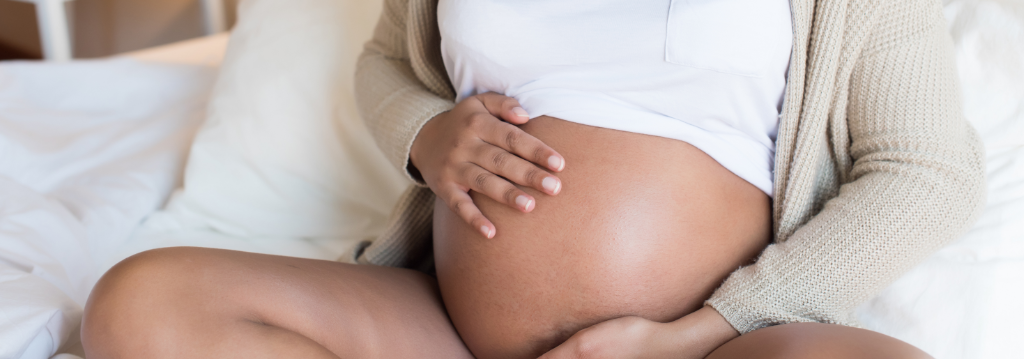
After teaching childbirth preparation classes and working as a doula for many years, I often ponder the question what do parents really need to know before birth? I’ve had so many clients come through my classes; some with notebooks and pens, some with stories from friends and family and some with such fear and anxiety that it makes them squirm in their seats.
I’m wondering what does a pregnant person really need to know to go through birth feeling like they have resources, patience and grace?
It wasn’t until I started my own meditation practice that I fully understood the benefits of meditation. I was suffering from depression and irritability and searching for something to quiet my mind, bring my body into a calmer state, and develop a practice that helps me manage uncertainty and stress in my life. Once I became regular with my practice and felt how it creates acceptance and optimism, I realized THIS is what parents need to know for birth.
I understand childbirth classes don’t always prepare parents for the intensity of birth. I’ve had parents come back to me after taking classes and say they were surprised by the challenges of birth and they couldn’t remember all the things they learned in the classes. And the truth is, laboring people can’t (and shouldn’t) access the information processing part of their brain during labor. So, if we load parents up with information about labor and birth, we’re satisfying their desire to know, but we’re not giving them practical resources for labor and birth.
So, I have prioritized meditation as part of my childbirth classes. Not something I squeeze in at the end and possibly rush through. It’s the first part of our class. The beauty of meditation is that it creates a mind-body experience that quiets the thinking mind and relaxes the body. How perfect for labor, right? It’s useful in any situation; fear in early labor, unplanned interventions, transition and/or cesarean.
Here are three ways I teach meditation in childbirth classes and to doula clients:Sit on a birth ball or on the edge of your seat. This helps activate your posture and engage your spine in an upright position. This is good for the pelvis and good for babies. Open your shoulders so the heart opens. Usually shoulders are in a forward curling position; for driving, computer keyboards and holding children. So create a counter stretch that opens the heart and settles the shoulders square in their socket so each breath expands the belly and chest. Breathe in through your nose, imagining that you’re breathing IN courage. Exhale through your mouth and completely release the entire breath. Notice that tension leaves your shoulders, your jaw and your body when you exhale. You’re breathing OUT fear. Use breath to scan the body, using the exhale to release tension and relax that part of the body, just a little more.
For most people, it’s impossible to have no thoughts while you meditate. It’s actually okay when your mind comes up with thoughts. During meditation you’re focusing on the place behind the thoughts, the place that exists with the breath. Imagine that your thoughts are like clouds floating by and you are the sky and the air. Your breath in and out allows for the thoughts to float by like clouds and you don’t attach to “the story”. You just let it go with your next exhale. When we can train ourselves to recognize thoughts as separate from who we really are, then we don’t have to believe the story. Just exhale it and come back to your center. In labor, the breath can strengthen our ability to just be. You’ll start to see a thought that normally creates anxiety or fear, and it just floats by and the body can stay in a peaceful place.
Visualizations are a way to occupy the mind during meditation. The best way to teach visualizations is to get parents into a rhythmic breathing pattern that is relaxed before you start giving her visual images to work with. Speak in a slow, calm voice and deliver just one short statement at a time. Engage all her senses in visualization; imagine the sounds, the smells and the views. This helps parents use their creative minds (the intuitive brain which is helpful in birth) and also helps them relax. There are many great visualizations; ocean waves, climbing a mountain, spirals of light and color, the baby moving through the pelvis.
Teaching parents how to be comfortable in their intuitive mind, the body, and the breath is something is useful in labor and birth. This tool can quiet their minds so they can detach from the story, the “what-ifs” and the fear that the thoughts can create. And it’s good for postpartum and life as a parent!
About the Author

Abby Bordner is a CAPPA CLD, CPD, and CLE in Santa Fe, NM. She loves yoga, meditation, hiking, cooking, reading, and helping people learn to live their best life.
I love this post! Excellent information! Do you have a favorite meditation to recommend?
Abby you know that I totally love this. Thank you for all that you do 💜